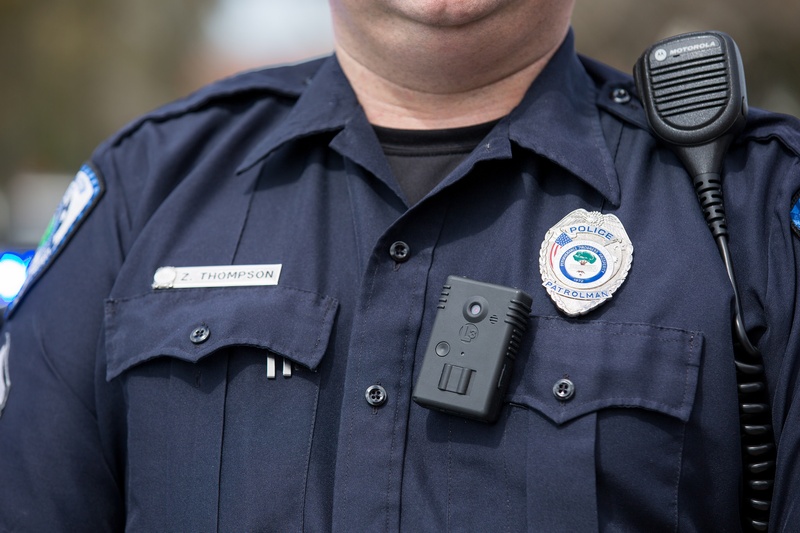Keith Lamont Scott shooting demonstrates need for better police bodycam disclosure

The Charlotte, N.C., Police Department found itself under scrutiny after an officer shot and killed a disabled black man earlier this week. Questions still linger about the events leading up to the death of 43-year-old Keith Lamont Scott.
In a statement, Police Chief Kerr Putney described the events that led up to the shooting. Reportedly, Metro Division Crime Reduction Unit officers went to serve a warrant when the officers saw Scott in his car. They report observing Scott exit his vehicle with a firearm before returning to it. Officers then approached Scott. Those officers say Scott exited his vehicle again with the firearm, posing an imminent and deadly threat to officers who then fired their service weapons, killing Scott. The officers state they gave several verbal commands to Scott for him to drop the weapon but he refused.
According to his family and bystanders, Scott was in his car reading a book while waiting on his son when officers approached him. We know subsequently he was shot and killed.
Police departments having their own version of events when it involves police related shootings is something we have all come to expect. In the heat of the moment, recollections of events can sometimes become murky. But what has remained clear in every incident is that officers have felt the individual posed an imminent threat. One way to clear up the murkiness and provide clarity on the matter is by using police body cameras. Police bodycams have become the storytellers in what is now a national epidemic that has sparked the Black Lives Matter movement. Before the death of Alton Sterling, 12 black men were killed by officers with their death being captured on tape. Police body cameras provided evidence of the events that took place, even if the outcome was not considered murder.
The police account of events in the death of Keith Lamont Scott are in question: The family of Scott reviewed two bodycam videos of the incident and were unable to find a direct correlation between the police account of events and what was seen in the video. An attorney for the family told NBC, “The family has more questions than answers.” Mayor Jennifer Scott, who also saw the footage, finds it difficult to determine if there was a gun or object in the hand of Scott. The mayor recognizes that the existence of a gun is in question, as well as the need to release the footage to the public.
While body cameras provide visibility, they don’t come with a promise of accessibility: The police department has stated that the that the police body camera footage will not be released to the public. Despite Police Chief Kerr Putney promising full transparency, when asked by members of the press why he would not release the full video, he stated: “I appreciate your passion, but I never said full transparency. I said transparency. Transparency is in the eye of the beholder.” (It’s worth noting that Scott’s legal team released a partial video of the incident taken by his wife, Rakeyia. However, this video is incomplete and doesn’t offer the amount of information that the police bodycams would.)
This troubling statement is why we need better policies for releasing body camera video.
In the state of North Carolina, the chief’s decision to use discretion in releasing the body camera footage is permissible under state law; Gov. Pat McCrory signed House Bill 972 / S.L. 2016-88 to allow just that. Under this legislation, anyone who is captured on video or audio may request to see it, but would not be allowed to have a copy. Copies of police videos will not be made available to the public unless a judge orders it. The law makes it plain and clear that police body camera and dashboard camera footage is not a public or personnel record. Created in an attempt to “balance police accountability and the privacy of its citizens,” the state of North Carolina has limited transparency and decreased the effectiveness of police body cameras.
Although the contents of the video seem to not provide definitive answers into the death of Scott, limiting the ability for the video to be released to the public limits the ability for there to be police accountability and transparency. Other states have been able to effectively pass legislation on police body cameras, but North Carolina failed to do so. As the riots and protests continue in the wake of this tragedy, maybe North Carolina will see where they got this one wrong when it comes to transparency and access to records.

